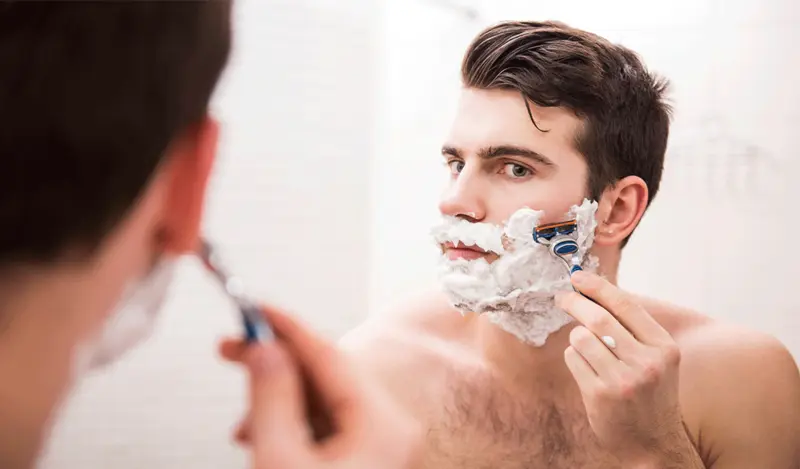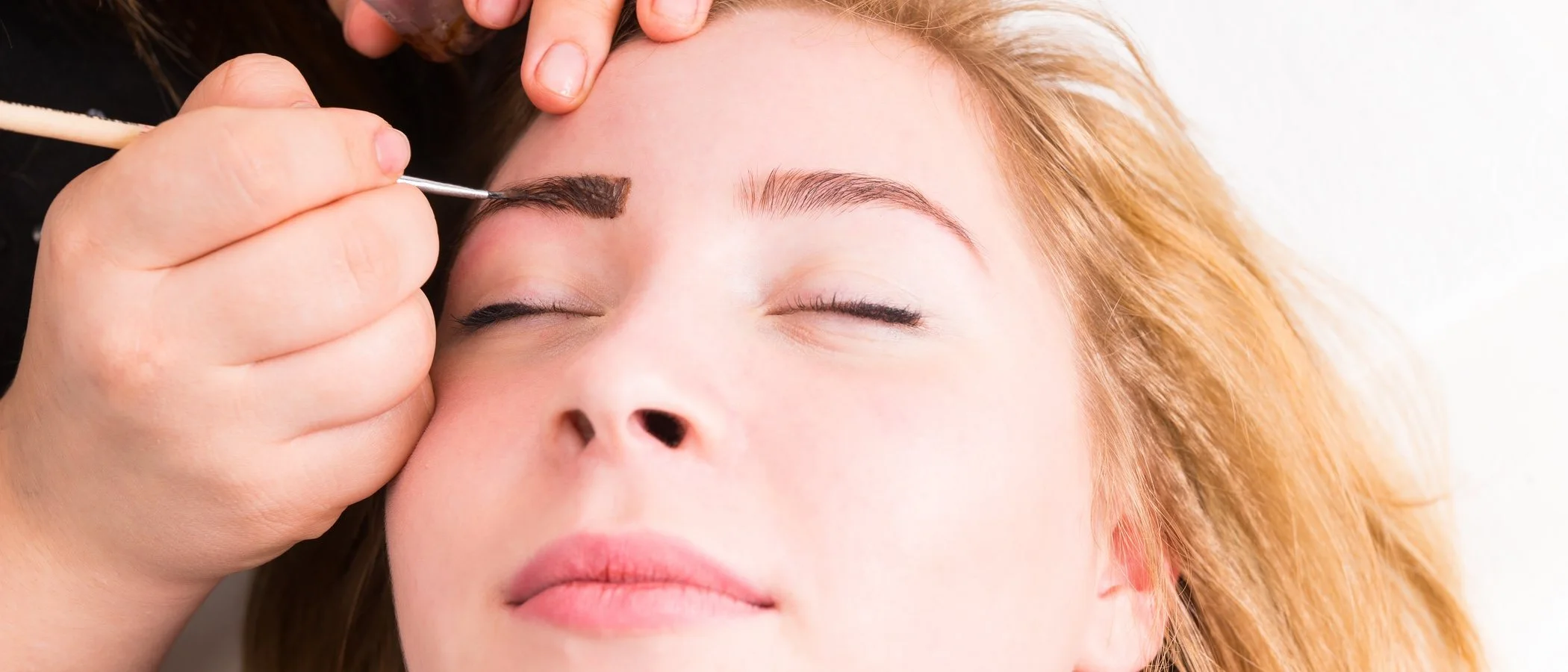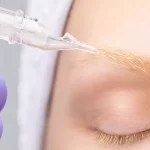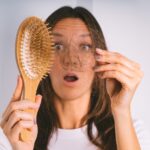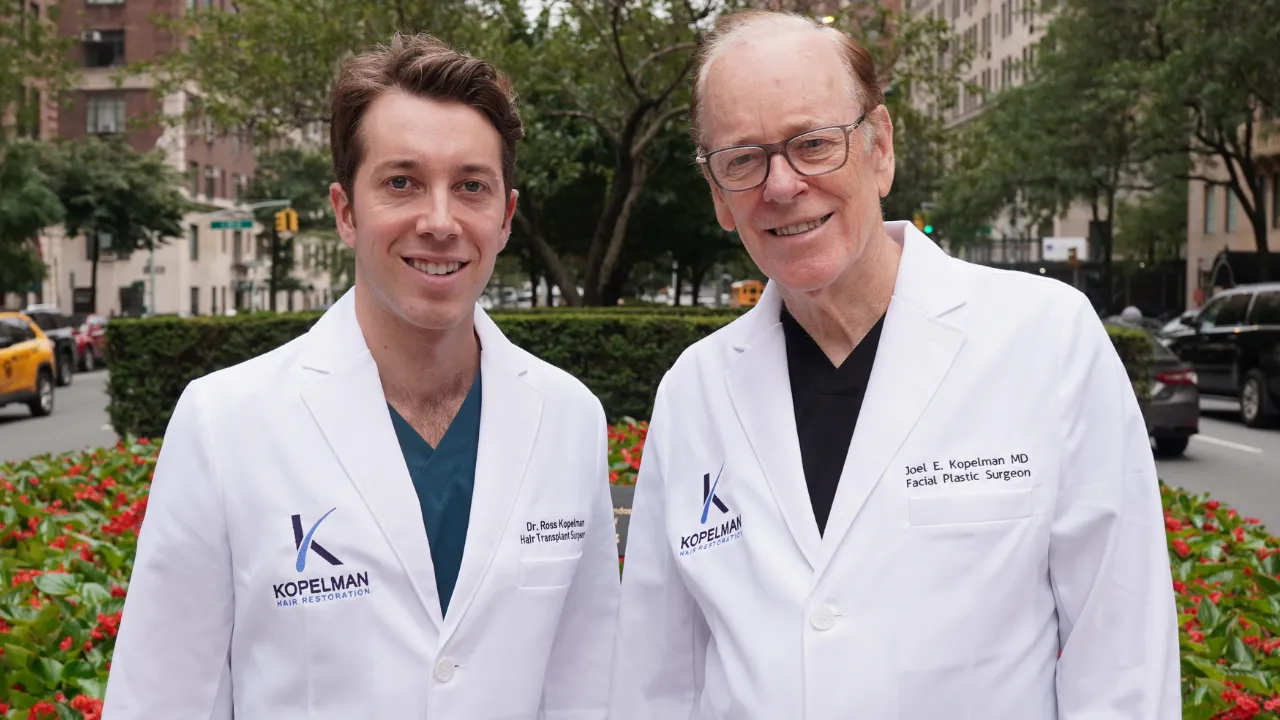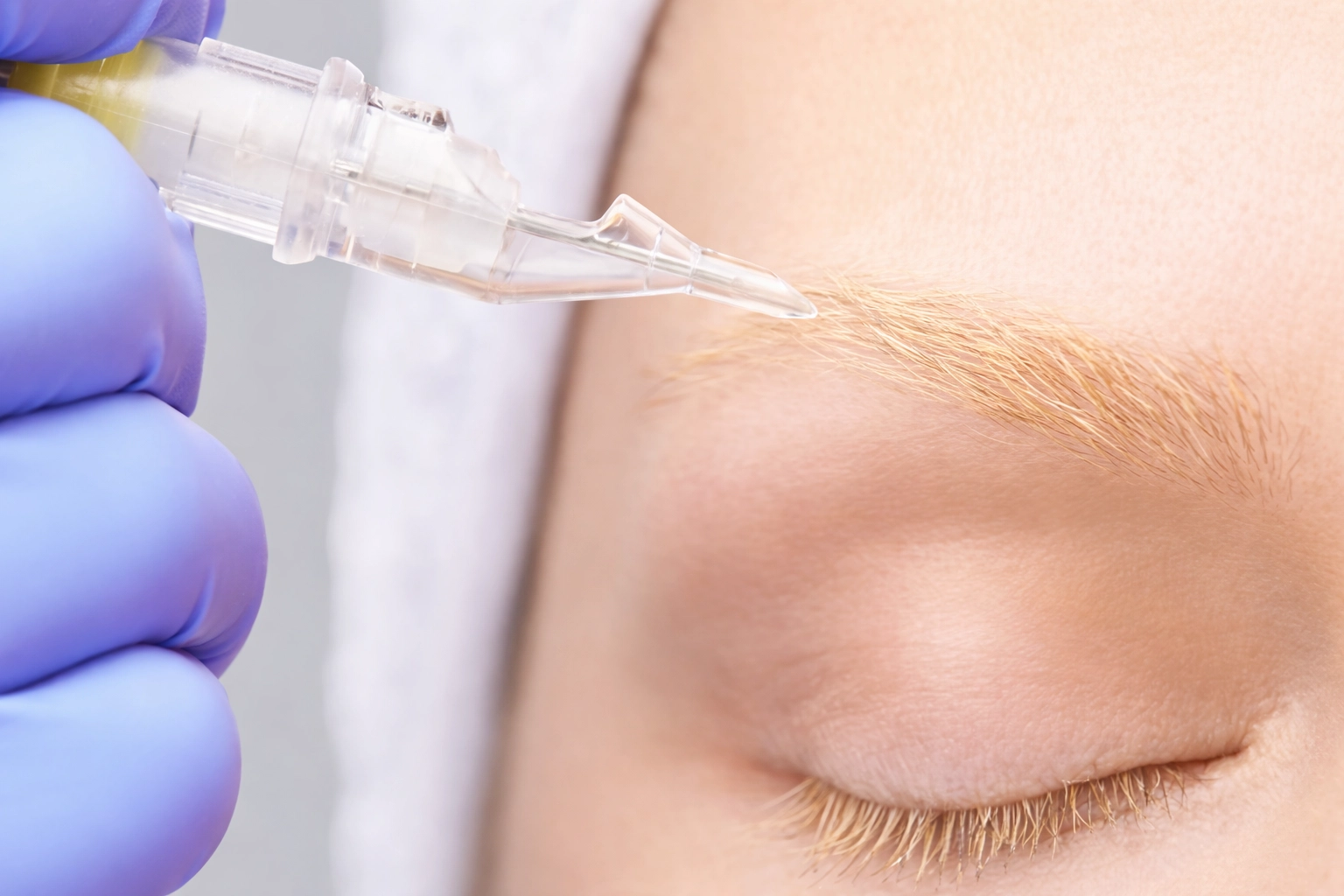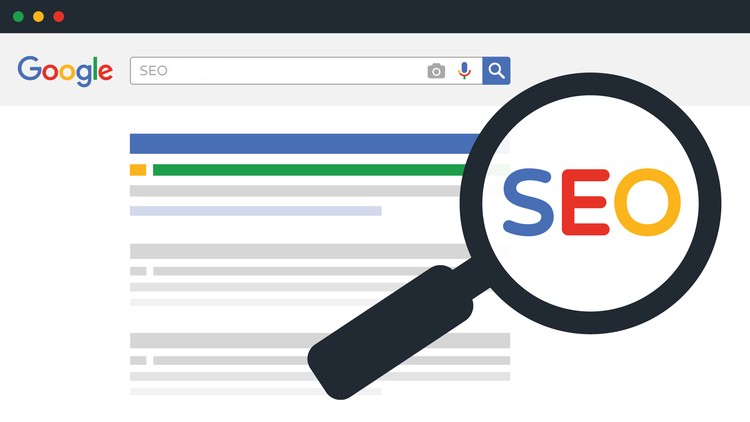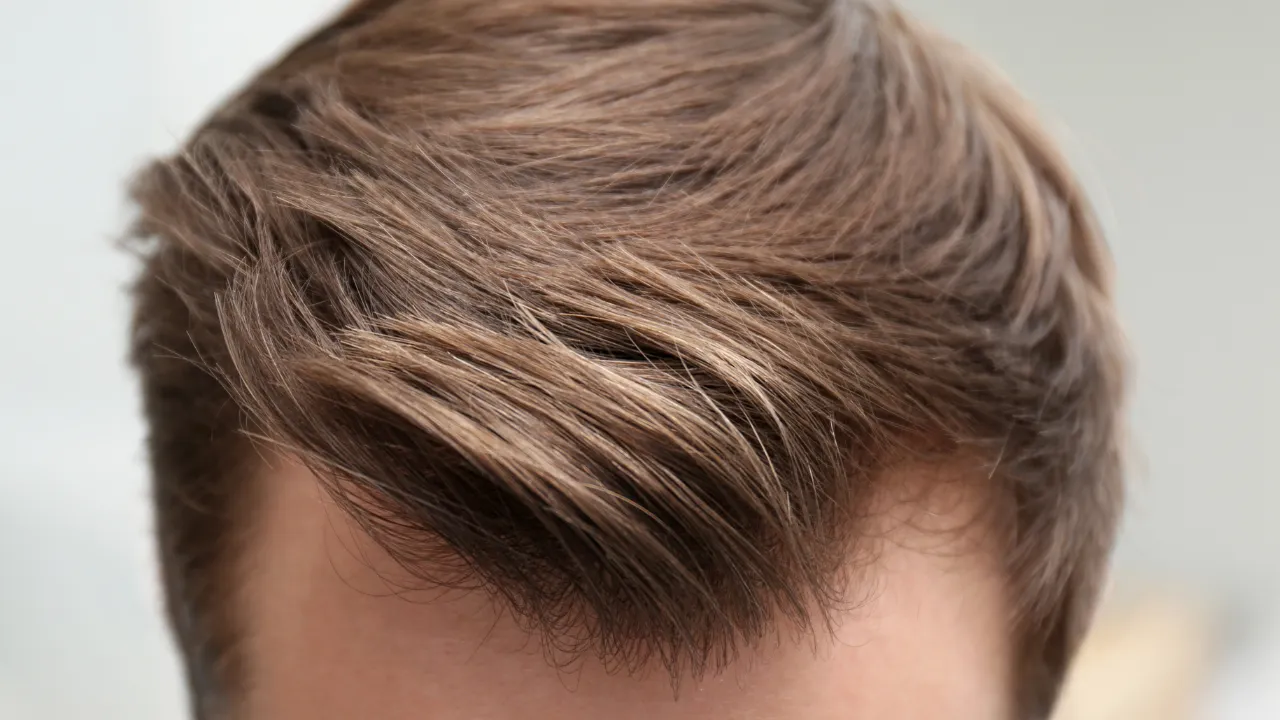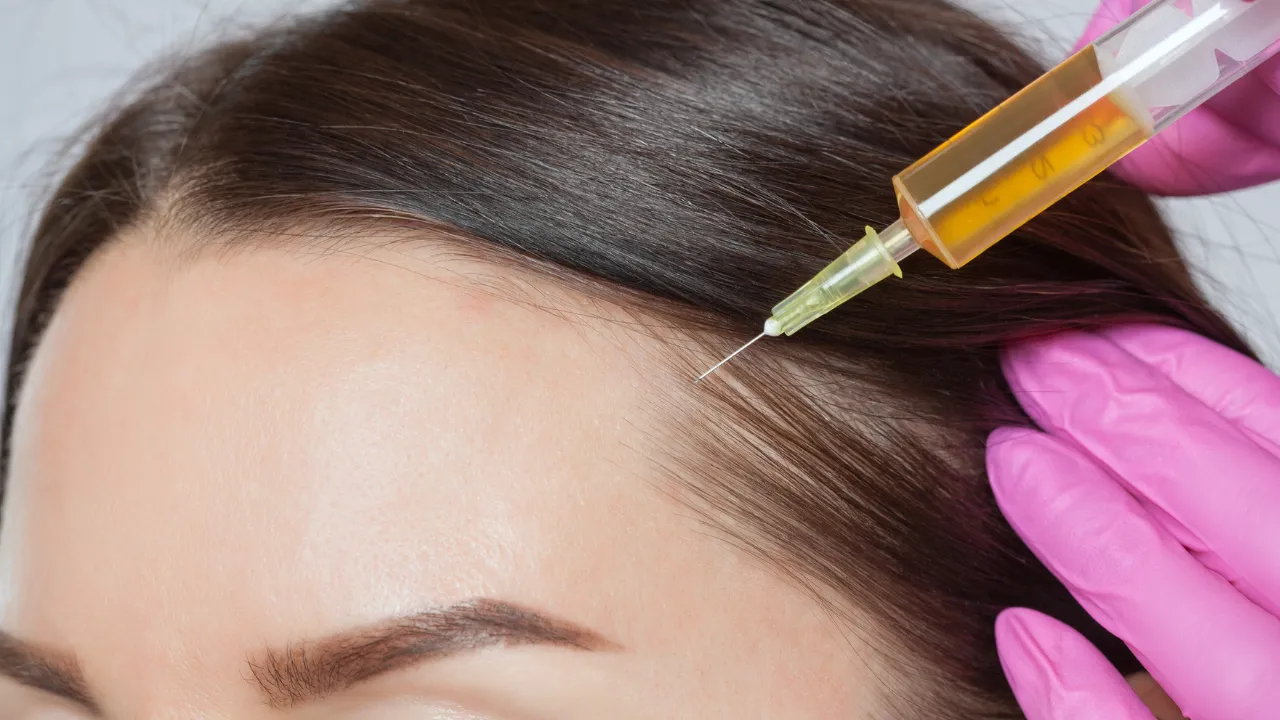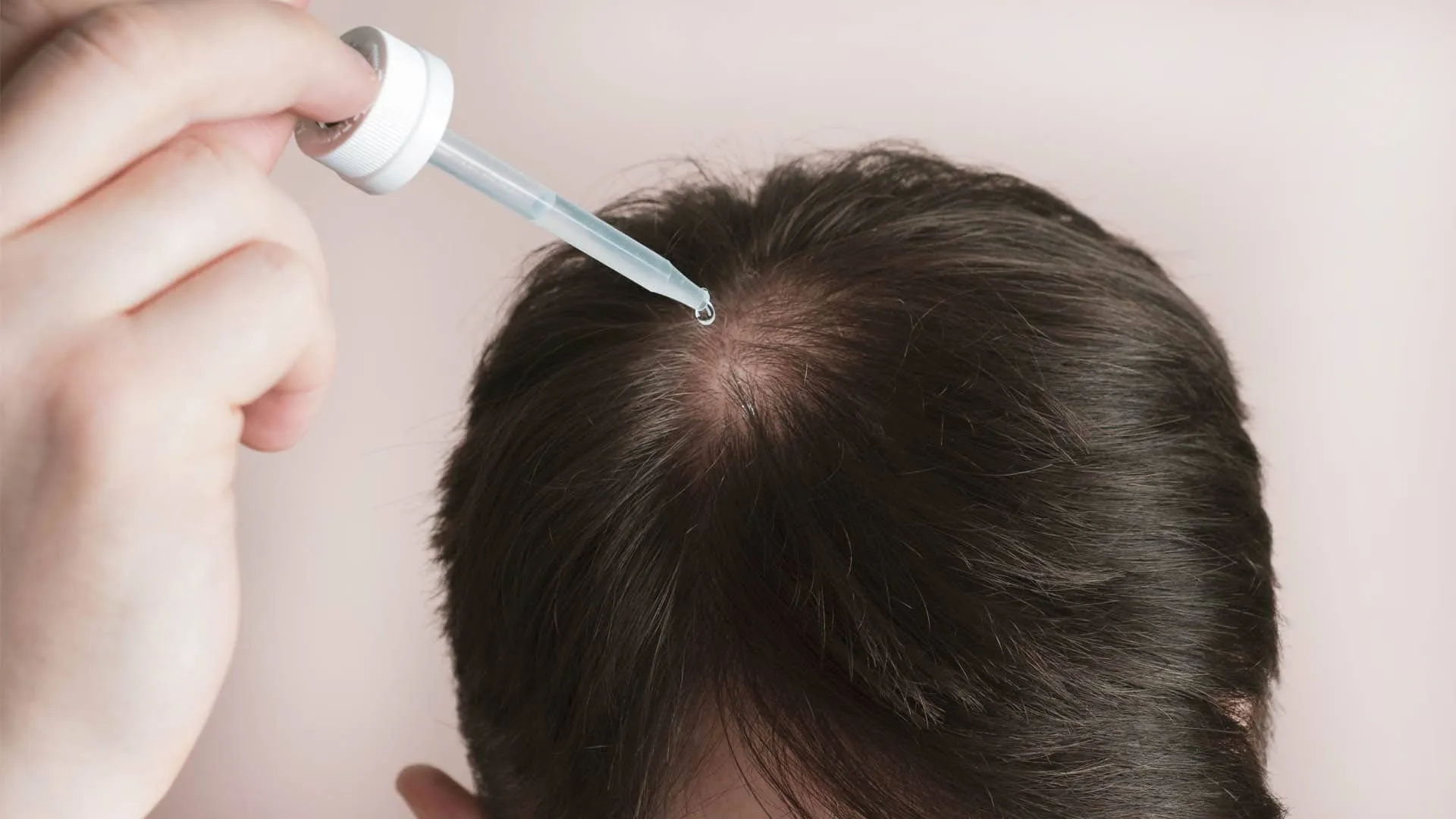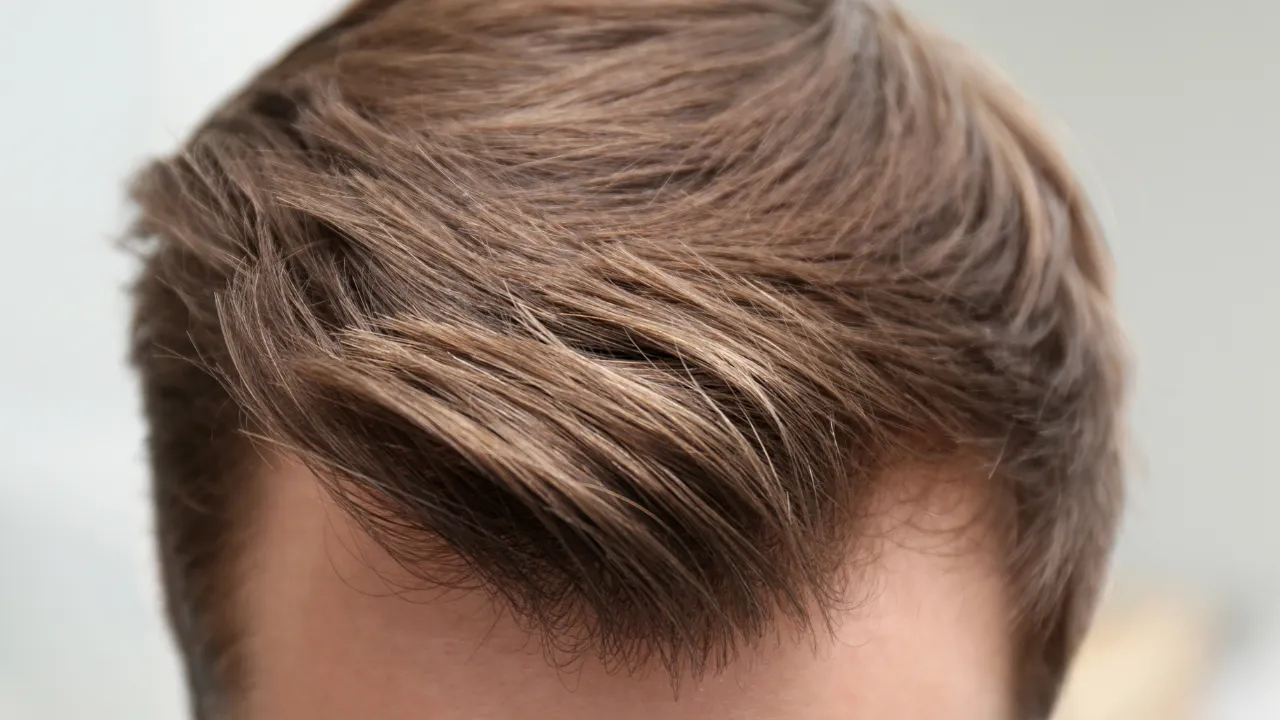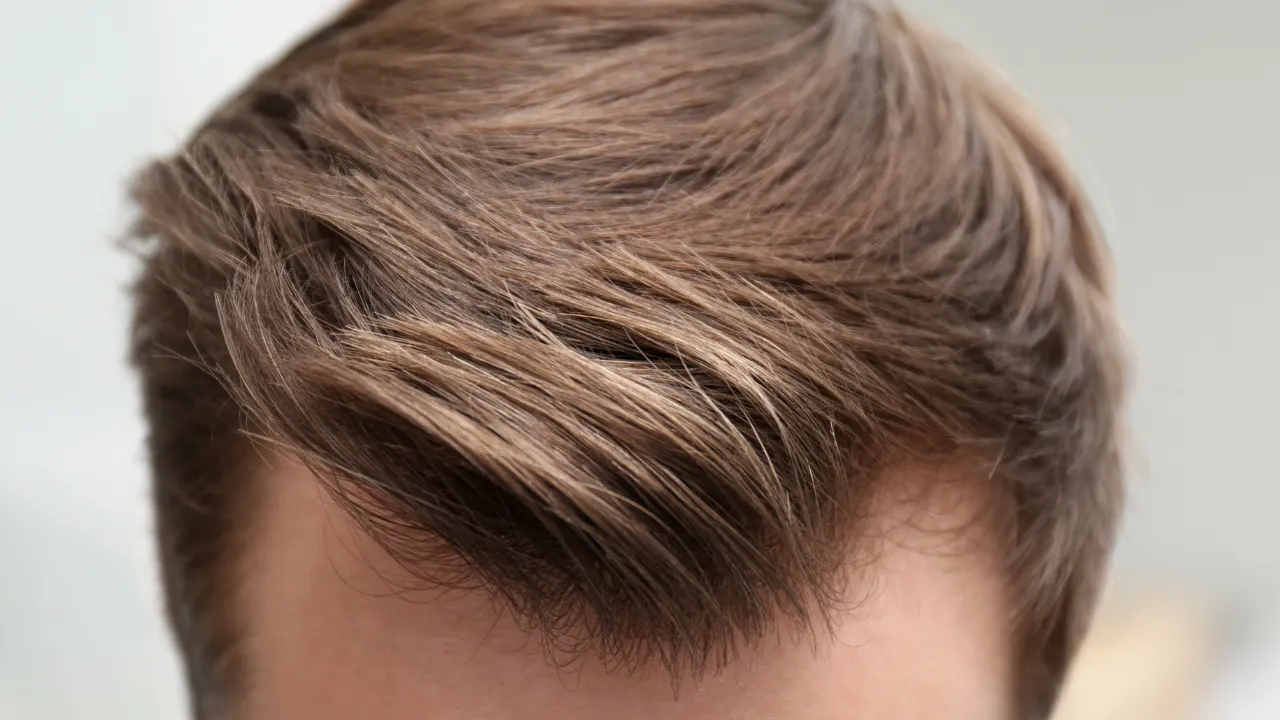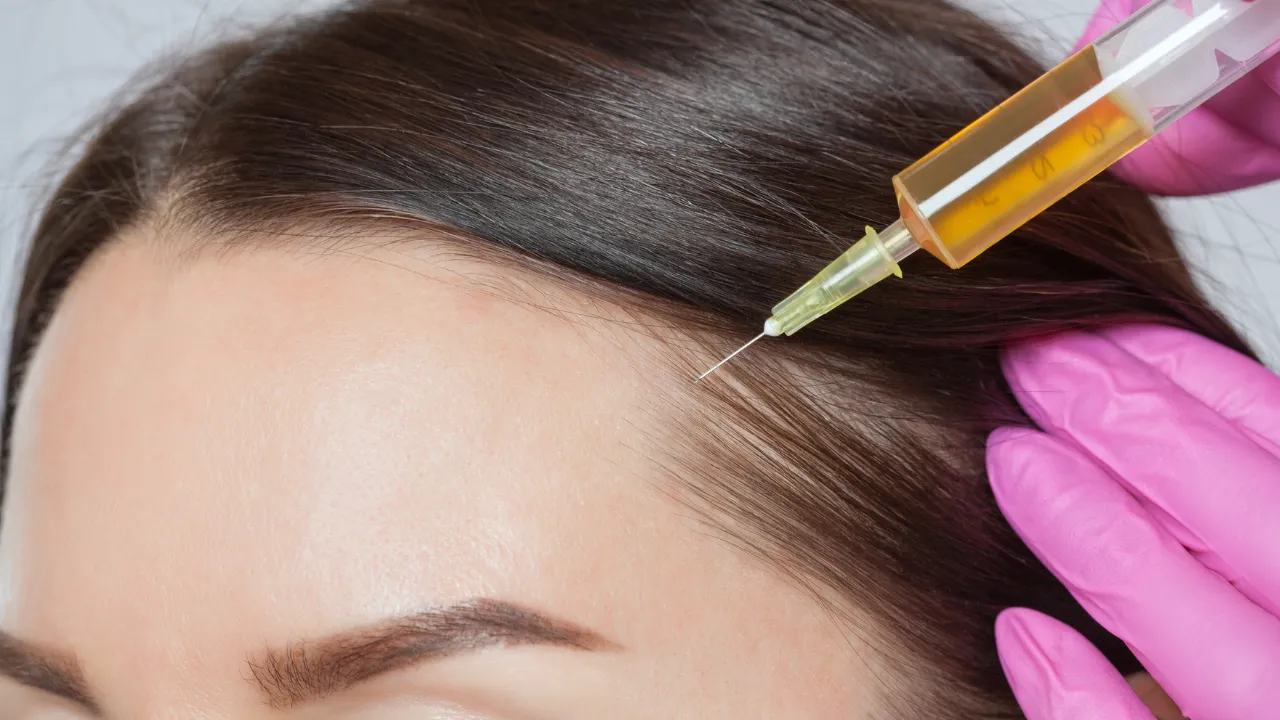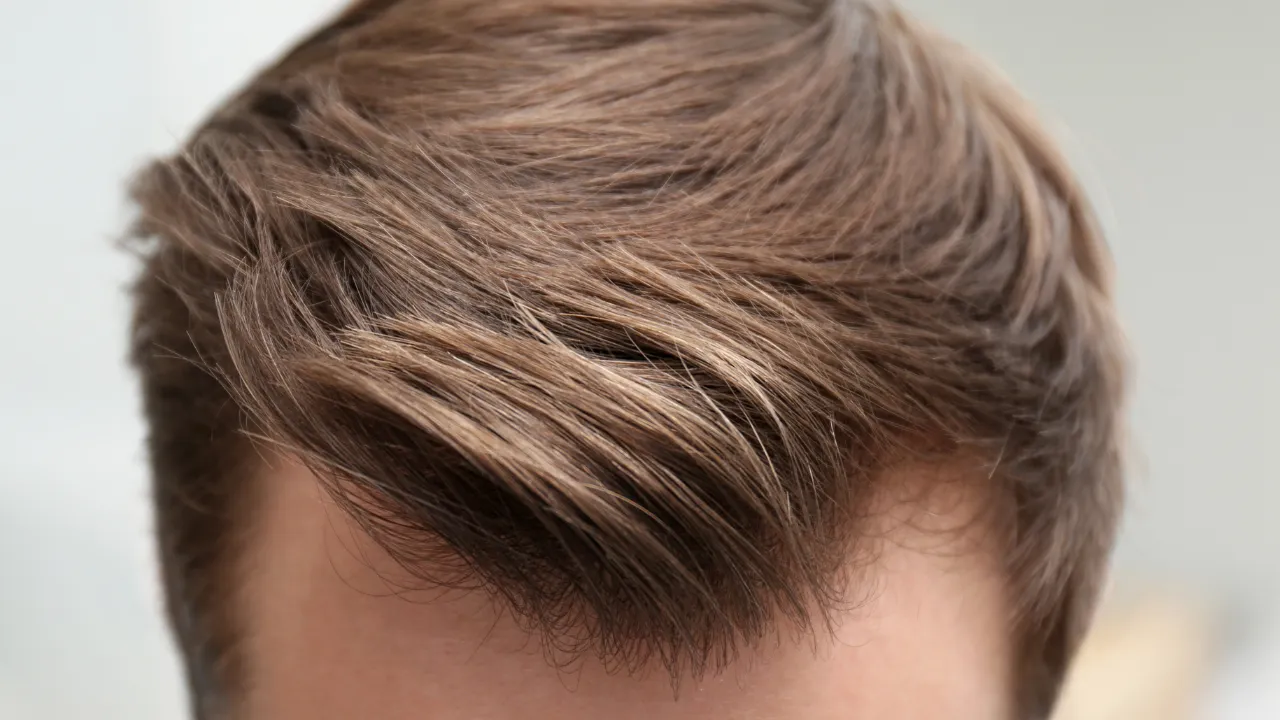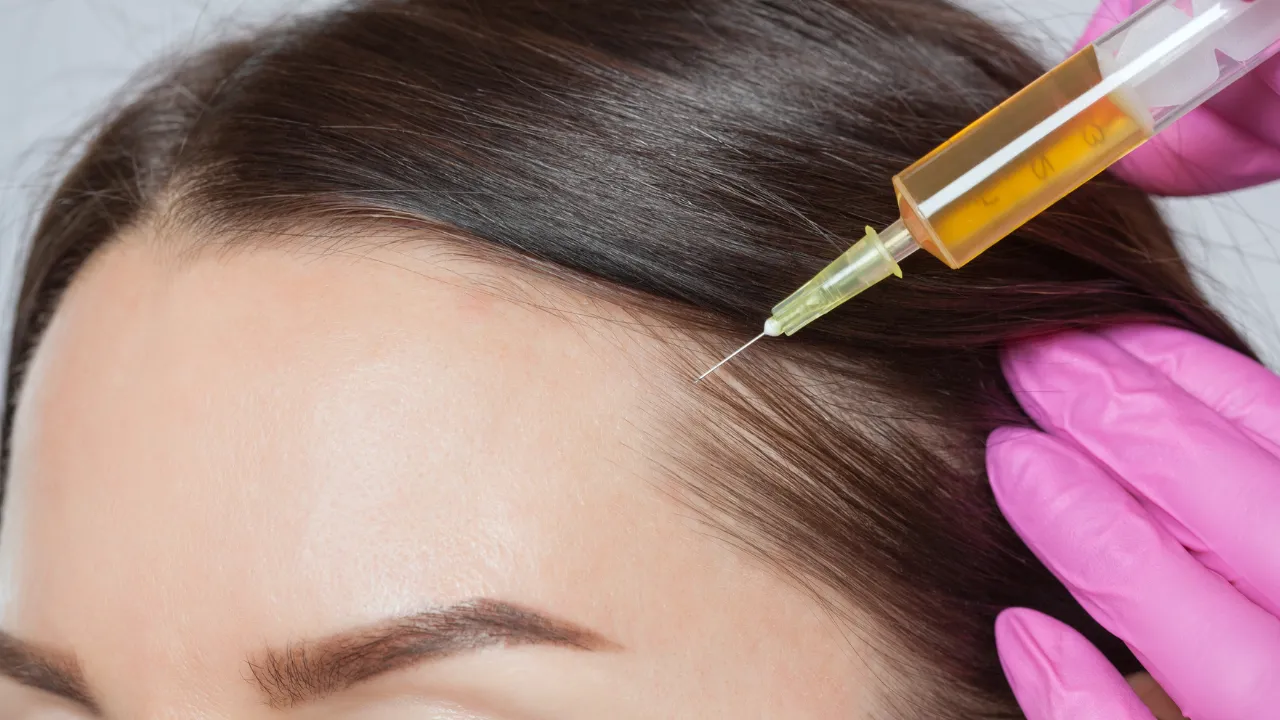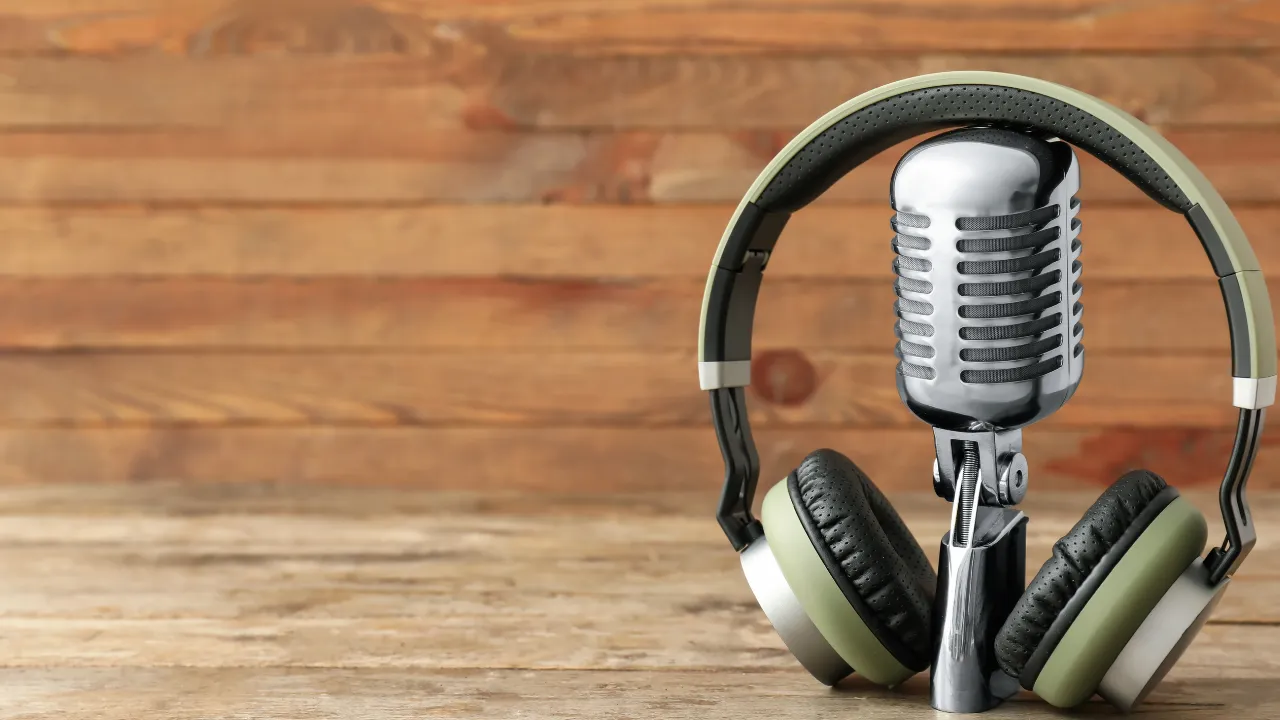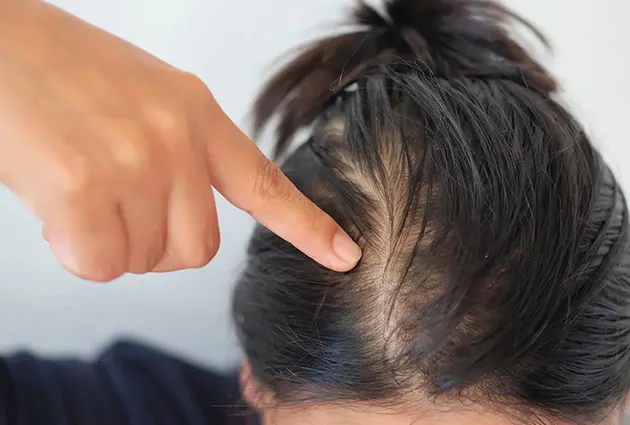Table of Contents
ToggleA beard transplant offers a permanent solution for those struggling with patchy beards or uneven beard growth. But one common concern remains: can you shave after beard transplant surgery?
Dr. Kopelman, a top expert in hair restoration, emphasizes that proper healing is critical. This guide explains shaving after beard transplant, including safe techniques, timing, and common mistakes to avoid.
If you’re considering this procedure, check out these beard transplant before and after results to see the potential transformation.
How Long Should You Wait Before Shaving?
You should wait at least two to four weeks before shaving after facial hair transplant to allow the transplanted hairs to fully heal and anchor. Shaving too soon can disturb the healing process and affect beard growth. Always follow your surgeon’s aftercare guidelines for the best results.
Can You Shave a Transplanted Beard?
The transplanted hairs need time to secure themselves in the beard area and begin their natural growth cycle. Can You Shave a Beard Transplant? Yes, but not immediately. Shaving too soon can disturb the healing process and lead to uneven growth.
Recommended Timeline for a Clean Shave After Beard Transplant
Dr. Kopelman advises patients to avoid shaving for at least two to four weeks after their facial hair transplant. The exact timing depends on:
- The number of grafts implanted.
- The condition of the donor area and recipient site.
- The individual healing process of the patient.
Most patients can resume trimming after three weeks and consider clean shaving after a full month.
Risks and Side Effects of Shaving Too Soon
Shaving before the skin is fully healed can lead to:
- Irritation and prolonged redness.
- Damaging the transplanted hairs, causing uneven patches.
- Risk of infection due to unhealed skin.
Patience is essential—rushing the process can impact long-term beard growth results. Still wondering how long after beard transplant can I shave? The answer depends on:
-
Number of grafts
-
Healing speed
-
Condition of donor and recipient areas
Some patients can start trimming after 3 weeks, but a clean shave should wait until 4 weeks or longer. Patients often search for beard transplant shaved results to see what the area looks like. It’s normal to see temporary redness or tiny scabs for the first 2–3 weeks.
Once healed, shaving won’t damage the follicles. But it’s still important to go slow and moisturize well.
How to Shave Safely Post-Transplant
Can I Trim My Beard First?
Yes. Before using a razor, a trimmer with a guard allows you to shorten hairs without irritating the skin. Start trimming after three weeks and assess your skin’s sensitivity before transitioning to a razor.
Best Tools and Techniques
Choosing the right tools can prevent unnecessary irritation. Use:
- An electric trimmer for precise length control.
- A safety razor or a high-quality single-blade razor to minimize skin damage.
- A mild, alcohol-free shaving cream to prevent dryness.
- Aftershave balm with soothing ingredients like aloe vera.
Always shave in the direction of hair growth to reduce friction and avoid ingrown hairs.
Avoiding Irritation and Damage
To prevent irritation after shaving:
- Wash your beard area with lukewarm water before and after shaving.
- Use light pressure—let the razor glide over the skin without force.
- Apply a hydrating moisturizer to protect the skin barrier.
Shaving should feel smooth, not harsh. If irritation persists, wait a few extra days before trying again.
What Not to Do After a Beard Transplant
Common Mistakes That Can Harm Your Results
Many patients unknowingly make errors that affect their full beard development. Avoid:
- Rubbing or scratching the beard area—this can dislodge grafts.
- Using harsh exfoliants or soaps—they can dry out and irritate healing skin.
- Shaving too soon—allow the skin to fully heal first.
When to Consult Your Surgeon Before Shaving
If you experience:
- Excessive redness beyond four weeks.
- Pimple-like bumps or ingrown hairs around the transplanted hairs.
- Slow healing or patchy areas after initial trimming.
Dr. Kopelman recommends scheduling a follow-up consultation if any concerns arise.
Beard Transplant Shaving Side Effects and Risks
To avoid complications, learn about beard transplants gone wrong, side effects and how to prevent them.
Does Shaving Affect Transplant Results?
Shaving correctly does not harm the results. However, improper shaving techniques can weaken hair follicles, leading to uneven patches. A proper grooming routine ensures healthy growth.
Common Issues and How to Prevent Them
Some common side effects include:
- Ingrown hairs – Use gentle exfoliation after the healing process.
- Itchy skin – Keep the area hydrated with beard-friendly moisturizers.
- Redness after shaving – Use a post-shave balm with anti-inflammatory properties.
If discomfort persists, reduce shaving frequency until your skin fully adjusts.
Beard Transplant Shaving Cost and Considerations
Does Shaving Impact the Overall Cost?
No, shaving itself doesn’t increase the cost of a beard hair transplant, but improper care can lead to the need for additional treatments. Patients who follow post-surgery guidelines maximize their full results without complications.
For more details on scarring concerns, explore beard transplant scars and how to minimize them.
Long-Term Care for Best Results
To maintain a healthy full beard, follow these best practices:
- Use a sulfate-free beard wash to prevent dryness.
- Moisturize daily to promote skin elasticity.
- Avoid alcohol-based aftershaves that can irritate sensitive skin.
Long-term beard growth depends on proper maintenance, not just the transplant itself.
Beard Transplant Without Shaving – Is It an Option?
Who Is a Good Candidate?
Some patients prefer not to shave before or after a transplant. A no-shave beard transplant is an option for:
- Those who Tagswant immediate coverage post-surgery.
- Patients with enough existing beard density for blending.
However, this method requires a higher number of grafts for natural results. For tailored insights, check out African American beard transplants or Asian beard transplants to learn about procedures specific to different hair types.
How It Differs from a Traditional Transplant
A beard transplant without shaving differs because:
- The donor area is carefully extracted without trimming.
- The procedure takes longer due to precision graft placement.
- Healing may require extra aftercare since the grafts blend with existing hairs.
While this approach offers aesthetic advantages, traditional facial hair transplants still provide the most consistent results.
Final Thoughts
Shaving after a beard transplant requires patience and proper technique. The healing process determines when and how you can shave without risking damage. By following Dr. Kopelman’s recommendations, you can maintain healthy beard growth, avoid side effects, and achieve full results that look natural and well-groomed.
For the best outcome, consult your surgeon if you have concerns about beard transplant shaving or your grooming routine. With the right approach, your beard after a transplant will grow evenly and look its best for years to come.
Understanding the cost of a beard transplant in NYC can help you make an informed decision about the procedure. For a more in-depth look at the procedure, visit Dr. Kopelman’s comprehensive beard transplant NYC guide.


